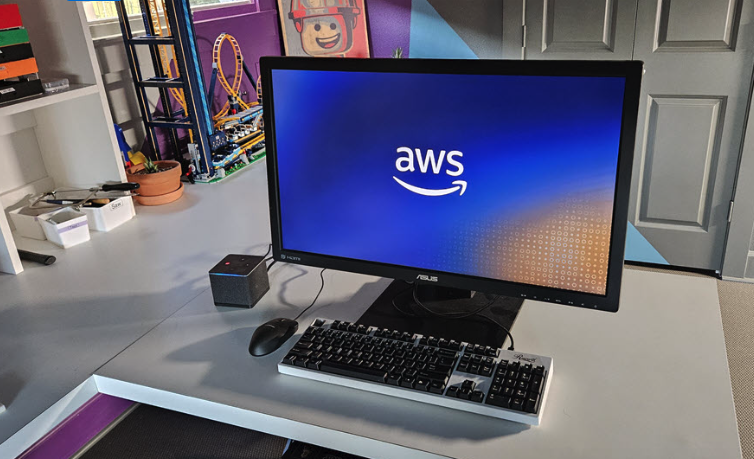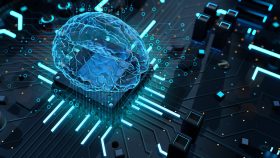AWS re:Invent Roundup: Cost Optimization, Vector Search, and More

As this week’s AWS re:Invent conference wasn’t all AI. While AI took center stage, particularly given the announcement of Q, there were several other announcements and trends on view that should prove significant to enterprise cloud customers. Consider the following announcements that didn’t pertain solely to AI but grabbed our attention:
AWS Cloud Cost Optimization Hub. Cloud cost optimization is a red-hot area right now. And According to AWS, this free addition to the AWS Management Console identifies, filters, and aggregates 15 types of AWS cost optimization recommendations from across AWS accounts and regions and visualizes it all in a single dashboard. And here’s a great function, per the press release: “Cost Optimization Hub helps you quantify estimated savings of these recommendations, taking your specific discounts with AWS, such as Reserved Instances and Savings Plans, into consideration, so you can easily compare and prioritize recommendations.” That’s significant help from a company whose costs have been a source of perennial complaint.
Vector search for various products. Vector databases are key to developing machine learning and generative AI applications. AWS offers a new vector search capability for Amazon DocumentDB 5.0. The new feature allows customers to locate similar data points within DocumentDB without having to deploy a third-party vector database. It is also compatible with MongoDB. AWS also announced general availability of a vector engine for Amazon OpenSearch Serverless.
New EC2 instances. Amazon is previewing the next generation of its AWS Elastic Compute Cloud (EC2) instances, which are powered by the vendor’s Graviton4 processors. Here’s how AWS describes the result in the press release: “96 Neoverse V2 cores, 2 MB of L2 cache per core, and 12 DDR5-5600 channels work together to make the Graviton4 up to 40% faster for databases, 30% faster for web applications, and 45% faster for large Java applications than the Graviton3."
Quantum computing assistance. Braket Direct is a program that enables researchers in quantum computing to access hardware, expert advice, and advanced or experimental quantum computing resources – all from a central Amazon Braket console. Customers pay only for the time they reserve on the machinery. Given the growing interest in quantum computing, this capability should be a win for researchers intent on tapping the benefits of the technology.
AWS Control Tower Add-Ons. The service for governing multiple AWS accounts now features 65 controls that support digital sovereignty requirements – a hot topic, particularly in Europe. Features include controlling data access and managing encryption according to regulations required in a specific geographic location.
AWS CodeWhisperer enhancements. AWS offers CodeWhisperer, a kind of autocorrect for developers. It now supports gen-AI-enabled code remediation. Another new feature is assistance with infrastructure-as-code (IaC) and a preview of integration with Visual Studio 2022 integrated development environment (IDE) – all features that signal ongoing efforts to assist application developers.
Amazon WorkSpaces Thin Client. Forget having to equip remote users with laptops and security IDs. For a mere $195, enterprises using the new Amazon WorkSpaces Thin Client can ship a small cube to a remote worker, who connects it directly to a monitor – and to Amazon WorkSpaces, a cloud-based virtual desktop. Devices are shipped with a security code, and they have no data storage, which guards against employee data theft.

AWS WorkSpaces Thin Client (box at left). Source: AWS
There were many more announcements at this year’s show – far too many to describe in a single blog. And each announcement points to a range of AWS products that are myriad. Suffice it to say this is a sampling. What caught your attention? Write to us at analyst@futuriom.com

















